The world of artificial intelligence is evolving faster than ever, and we’re now on the brink of a major shift. While Generative AI models like ChatGPT, Midjourney, and DALL•E have dominated public imagination by producing coherent text, vivid images, and functional code, a new paradigm is emerging: Agentic AI. These are systems that not only generate content but can autonomously execute tasks in real-world environments, effectively acting as AI-powered “agents” with varying degrees of decision-making power.
This blog unpacks the difference between Generative AI and Agentic AI, explores the implications of this evolution, and reflects on what it means for the future of technology, labor, ethics, and human-AI collaboration.
What is Generative AI?
Generative AI refers to models trained to create new content that mimics human output. Using large language models (LLMs), deep learning techniques, and multimodal training, Generative AI can:
- Write essays, poetry, and technical documents
- Generate code snippets or even full programs
- Create realistic images or artwork
- Compose music or voice content
Popular examples include:
- ChatGPT (OpenAI) – Natural language generation
- DALL•E – Text-to-image generation
- GitHub Copilot – Code generation
These tools are impressive, but they remain reactive: they perform tasks only when prompted by a human.
What is Agentic AI?
Agentic AI marks a new frontier where AI models not only generate content but also autonomously decide, plan, and act on tasks. These systems are capable of:
- Understanding a user’s intent
- Decomposing tasks into subtasks
- Making decisions without needing a constant human prompt
- Executing code, fetching data, and interacting with APIs
- Managing time, priorities, and outcomes
A prime example is ChatGPT’s Agent Mode, which runs in a sandboxed environment and can:
- Take on continuous workflows (e.g., data analysis)
- Ask for user confirmation before impactful actions
- Be paused or overridden by humans for safety
This shift is akin to going from a calculator to a personal assistant who knows your goals, plans your calendar, books your appointments, and learns from every interaction.
Key Differences Between Generative and Agentic AI
| Aspect | Generative AI | Agentic AI |
|---|---|---|
| Nature | Reactive | Proactive |
| Function | Content creation | Decision-making + execution |
| Dependency | Needs human prompts | Can initiate tasks autonomously |
| Examples | ChatGPT, Midjourney | Auto-GPT, ChatGPT Agents |
| Risks | Misinformation, bias | Loss of control, ethical ambiguity |
Why Does Agentic AI Matter?
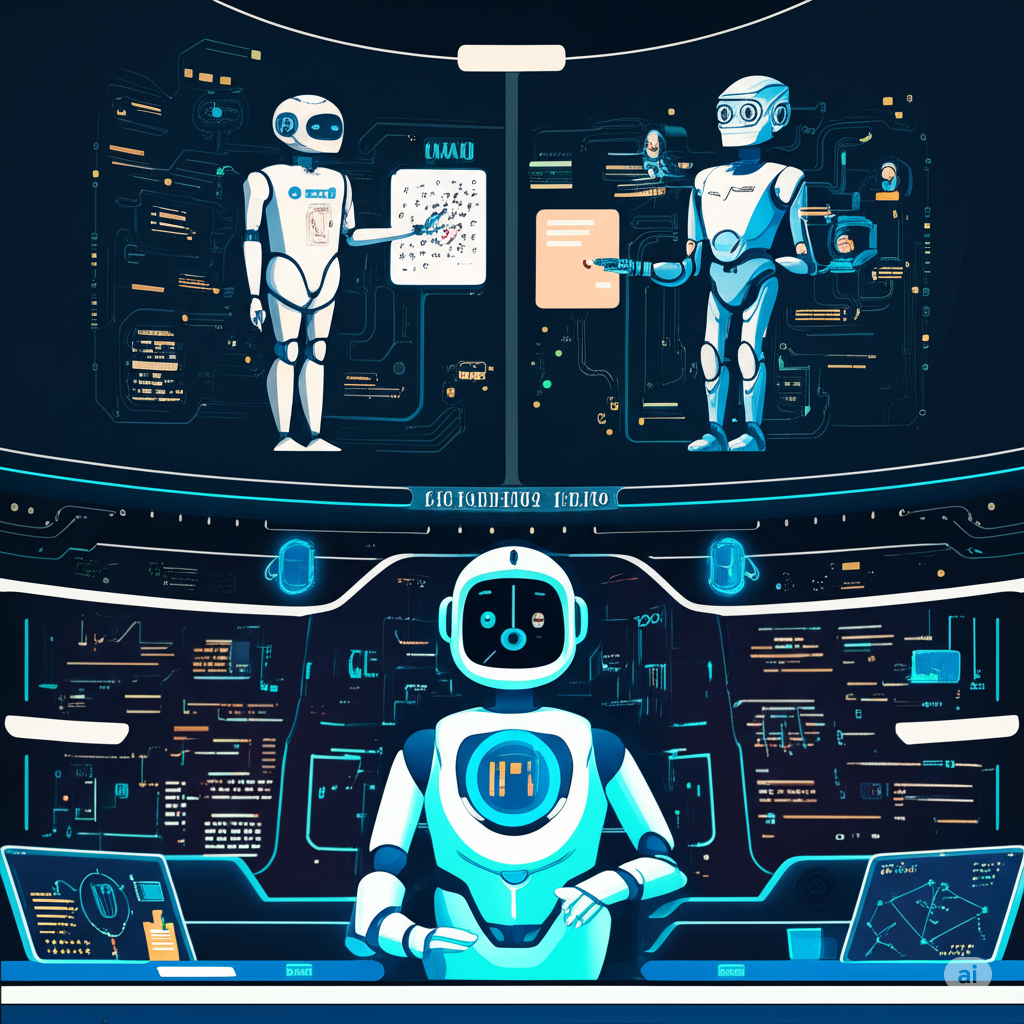
The emergence of Agentic AI represents a turning point in how we interact with technology. Instead of merely serving as a tool, AI now acts more like a collaborator. For businesses, this means:
- Automation of complex workflows: AI agents can monitor systems, detect anomalies, and take corrective actions without supervision.
- Productivity gains: Professionals can delegate recurring tasks like data entry, report writing, or email follow-ups.
- Personalized assistance: AI agents tailor experiences to individual user habits and preferences.
Moreover, Agentic AI brings us closer to true digital autonomy where software can think, learn, and act in ways once considered science fiction.
Risks and Challenges of Agentic AI
Despite the excitement, there are serious challenges:
- Safety and control: What if an AI agent takes harmful or unintended actions? Built-in safeguards like confirmation prompts and sandboxing are necessary, but not foolproof.
- Hallucinations: Generative AI models often fabricate information. If agentic models act on hallucinated data, consequences could be significant.
- Ethical boundaries: Should AI agents be allowed to make financial decisions, schedule surgeries, or write legal contracts without human oversight?
- Job displacement: As tasks become automated, certain roles may face redundancy, requiring a shift in skills and education.
The Future: Generative + Agentic = Collaborative AI
Rather than being a replacement for human intelligence, Agentic AI should be viewed as augmentative intelligence. As AI continues to evolve, the synergy between generative capabilities and agentic autonomy will lead to:
- Smart personal and team assistants
- Fully automated customer service
- Seamless collaboration across human and machine teams
Researchers are actively working to address the risks through alignment strategies, human-in-the-loop models, and explainability tools that allow us to understand AI decision-making.
As noted in OpenAI’s blog on early agent capabilities, “the most useful agents are tightly scoped, trustworthy, and designed for low-risk applications” (OpenAI).
Conclusion
The transition from Generative AI to Agentic AI is more than a technological leap—it’s a philosophical shift. We’re witnessing the dawn of autonomous, task-performing machines that go beyond generating text or images to actively shaping outcomes.
As developers, policymakers, and users, we must tread carefully—balancing innovation with responsibility, and autonomy with oversight. One thing is clear: the future of AI is not just generative, but agentic.


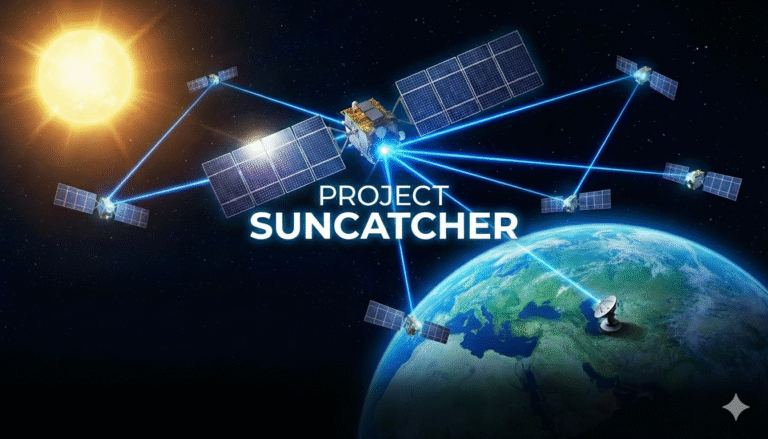
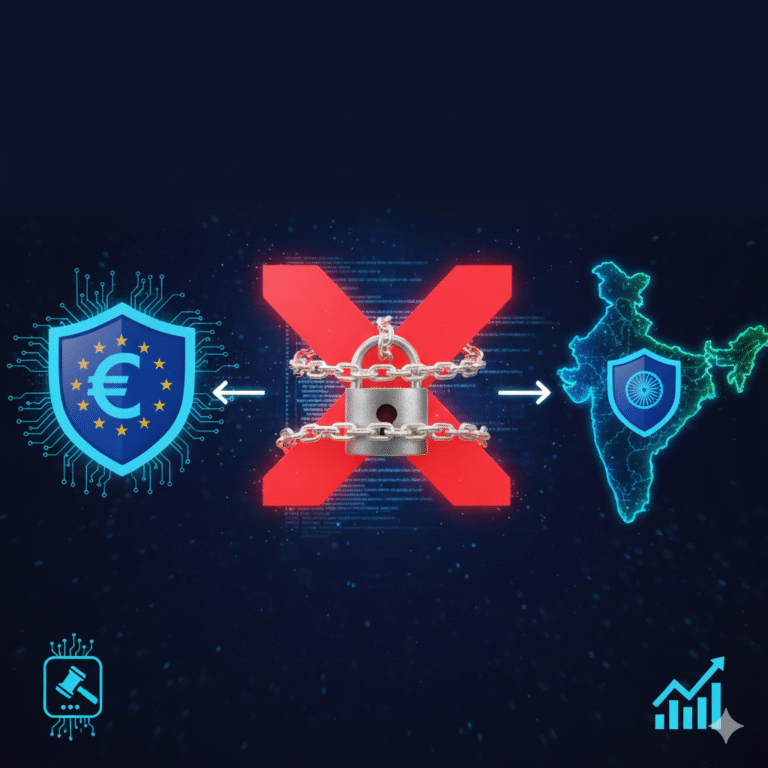

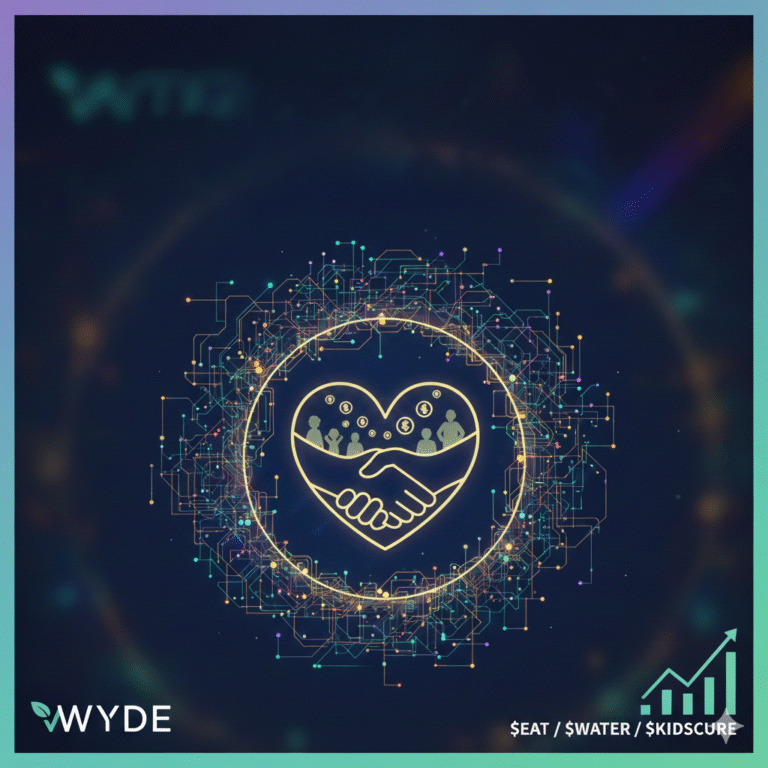

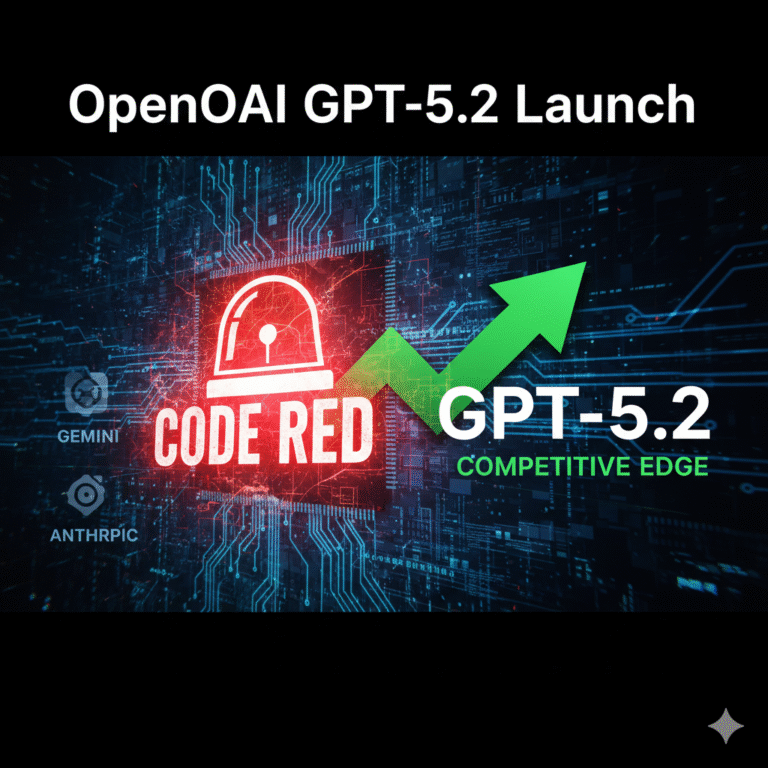
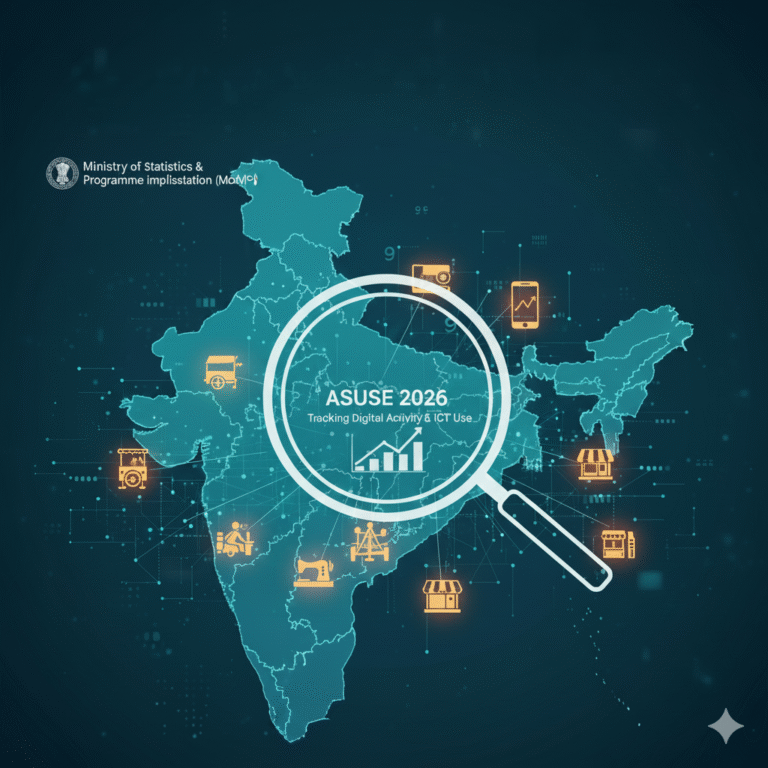
+ There are no comments
Add yours